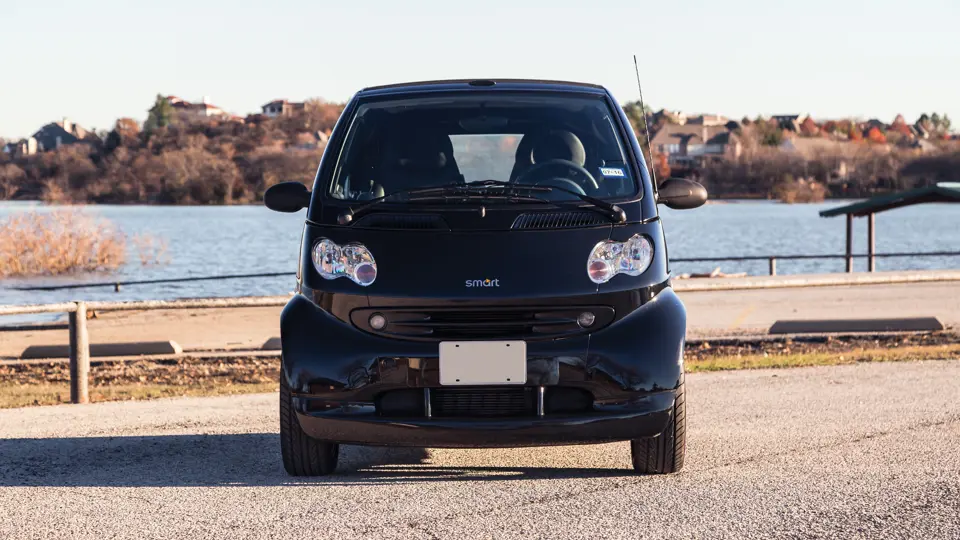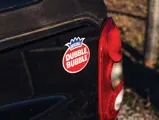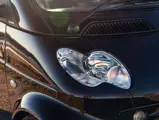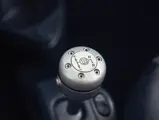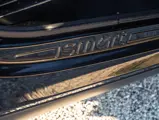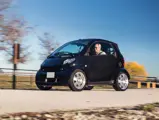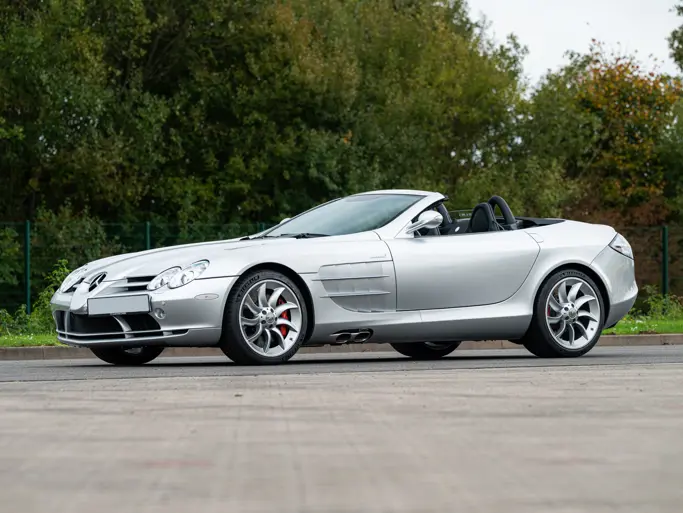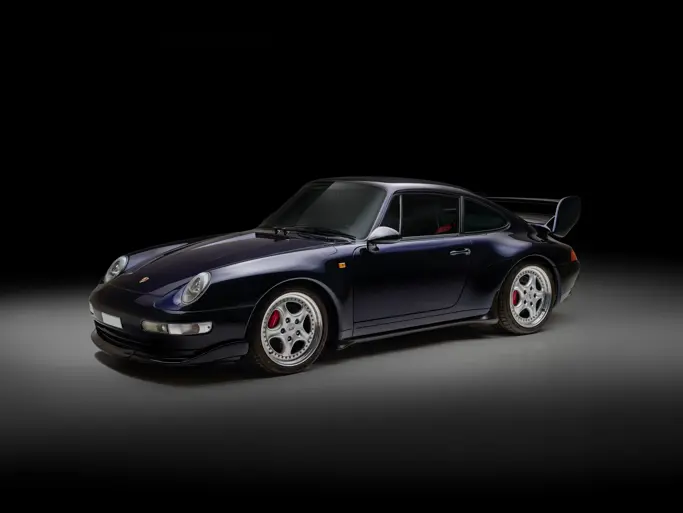70 bhp, 599 cc SOHC turbocharged inline three-cylinder engine, six-speed flappy-paddle automatic transmission, front and rear independent suspension, and front-disc and rear-drum brakes. Wheelbase: 71.3 in.
Since the launch of the Smart in October 1998, the car has been available in three standard levels of trim, each with names sounding slightly odd to the North American ear: the “Smart & Pure” as the base model, the “Smart & Pulse” as the performance model, and the “Smart & Passion” as the comfort model. The renowned performance tuning house Brabus has had a longstanding relationship with Mercedes-Benz and has provided technical and visual upgrades for the Smart since its introduction. Brabus was founded in 1977 as a high-performance aftermarket tuning company with specialization in Mercedes-Benz, Smart, and Maybach vehicles. It quickly became the largest Mercedes-Benz tuner other than AMG. Smart-Brabus GmbH is a joint venture of the two firms, and the example on offer here is “the first example of the achievement potential of this joint venture,” which was appropriately named the “1st edition.”
The idea was to provide discerning customers with an exclusive special model—a new top line to complement the three existing trim levels. This line combines the character of the “Smart & Pulse” as a performance variant and the “Smart & Passion” as a comfort variant and provides an opportunity for the customer to drive both together. The Brabus modifications include a power increase to 75 horsepower, a leather interior, paddle shifters, body fairings, lowered suspension, and exclusive Brabus light alloy rims. Only 500 of the 1st Edition examples were produced, this being number 287.
In keeping with the Brabus tuning heritage, this spunky 1st Edition Cabrio, finished in triple black, boasts a number of racing-inspired features, including bucket seats, an F-1-style paddle shifter, a racing-inspired fuel filler cover, chromed dual center exhaust tips with the Brabus logo, Brabus alloy wheels, a brushed aluminum shifter and handbrake, aluminum racing pedals, a dash-mounted tachometer, and various carbon-fiber accents. It was acquired by the current owner in 2013 from the renowned Bruce Weiner Microcar Museum and has since been titled for use in the US.
This is an exciting, and very quick, little cabrio!

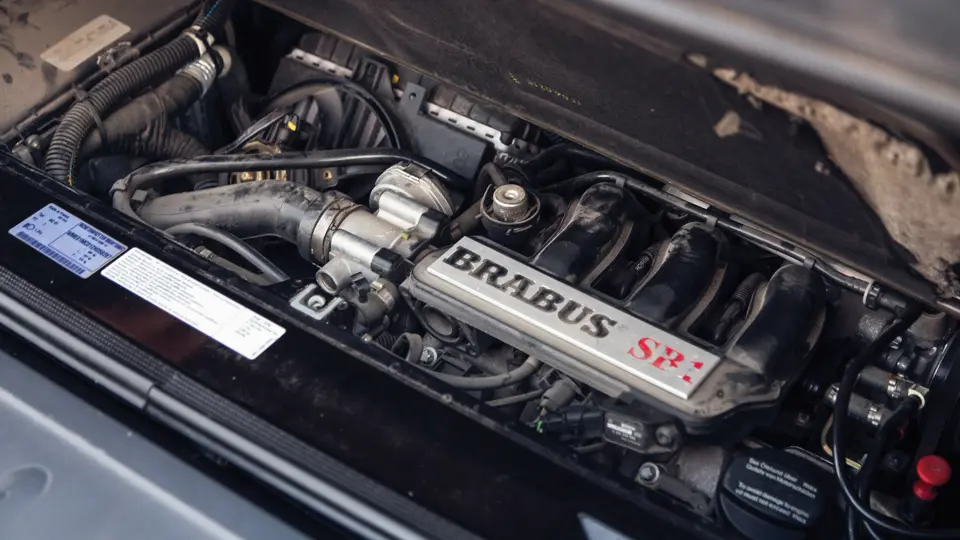
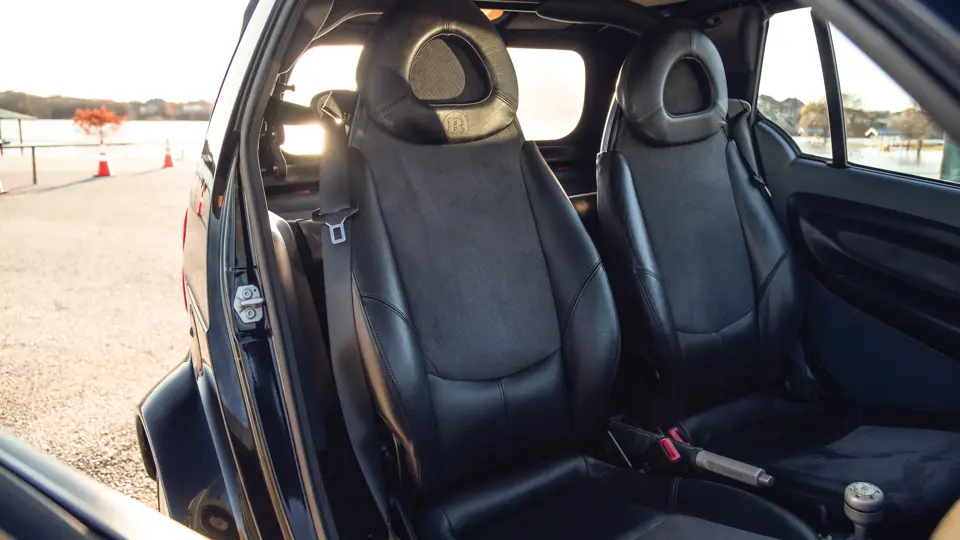

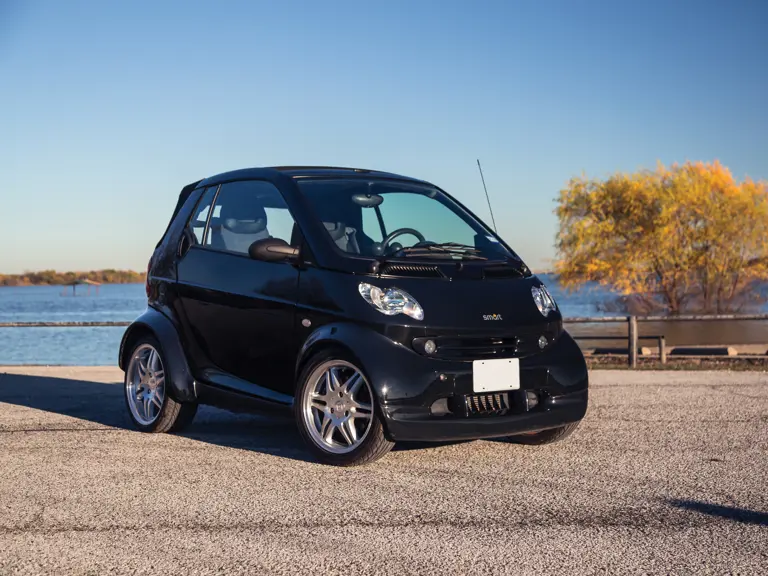

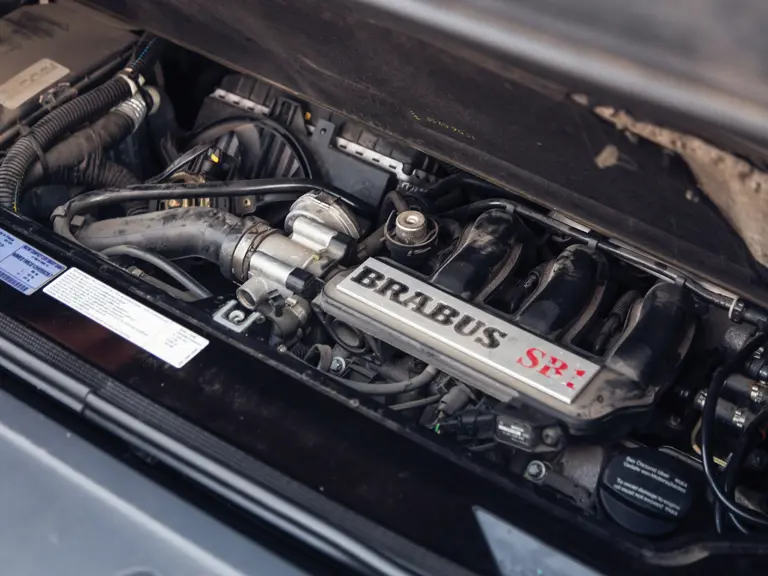
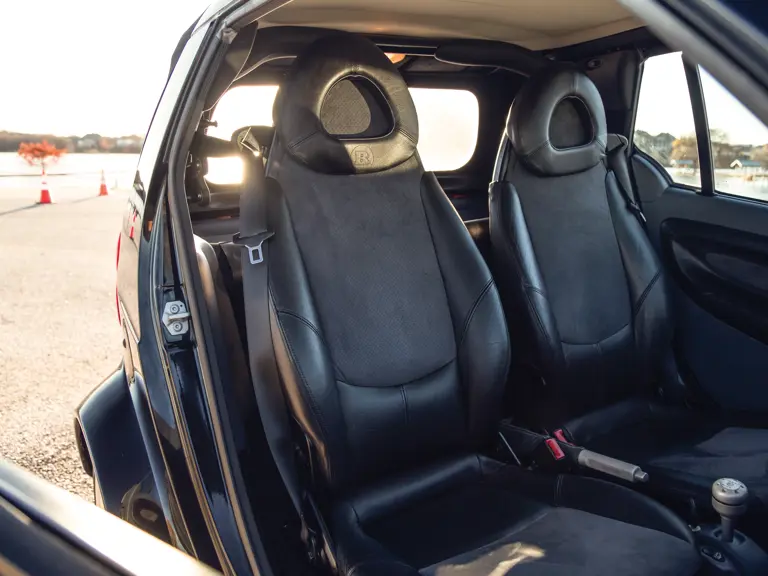
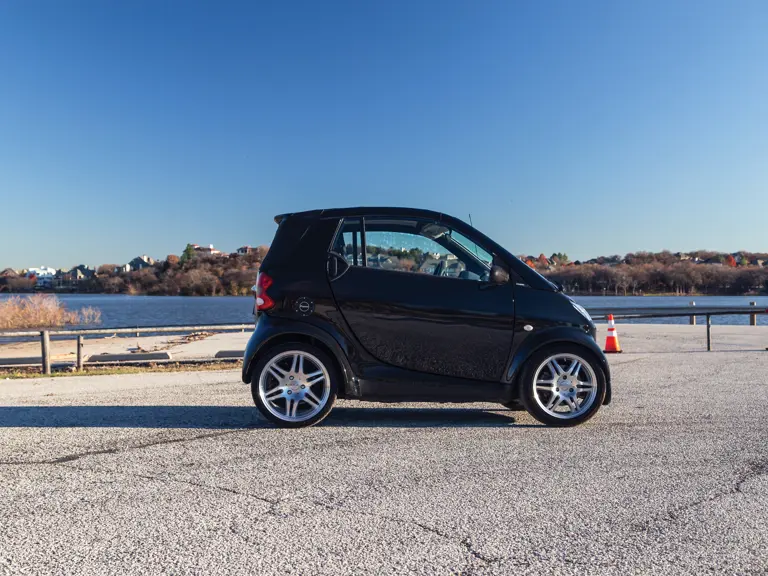
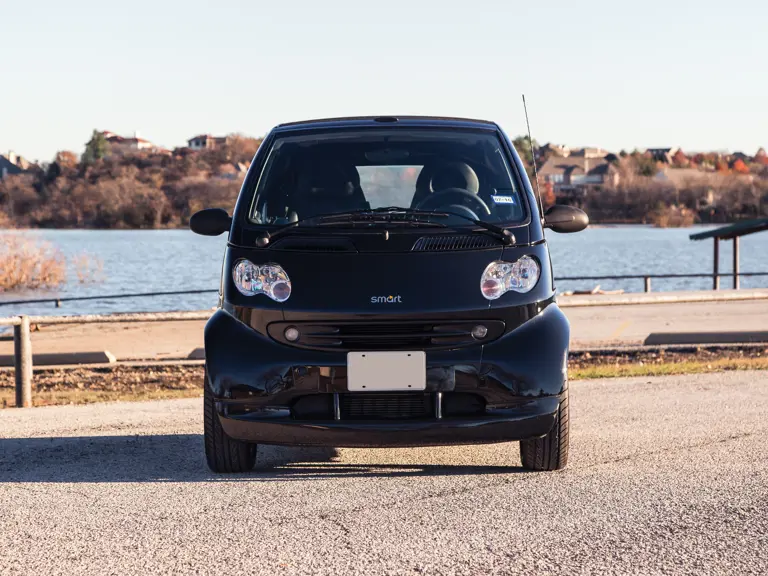
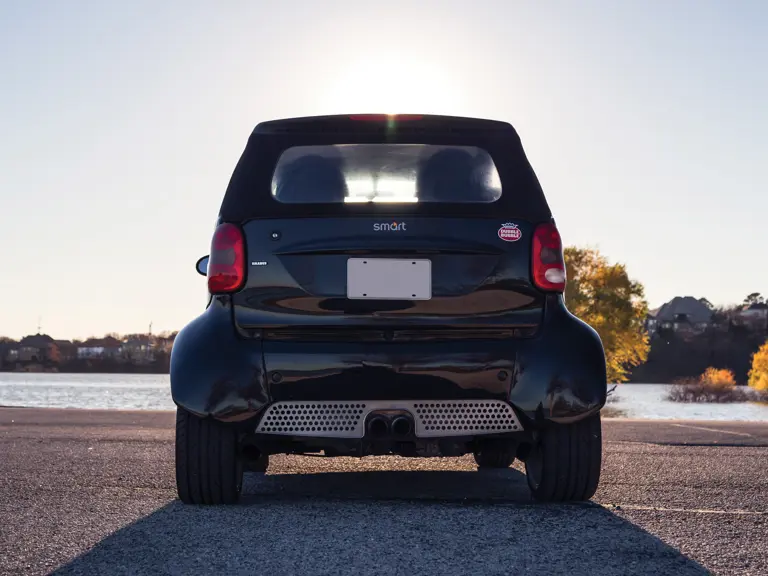
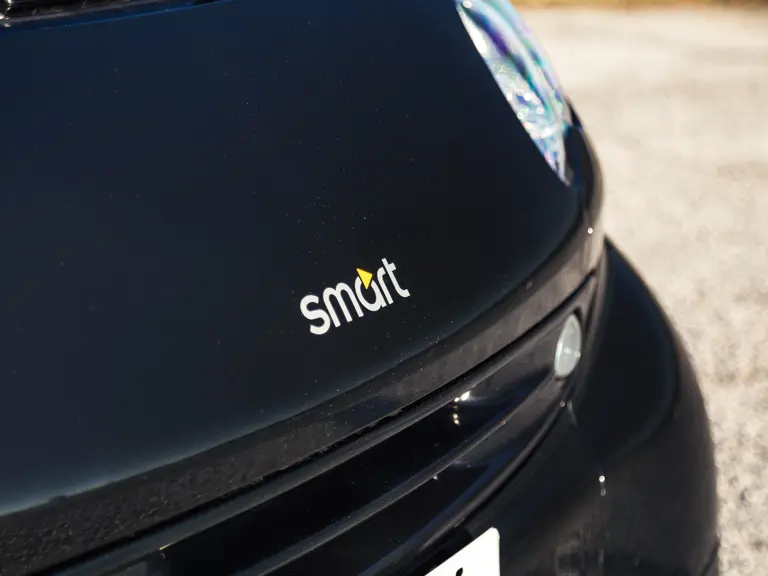

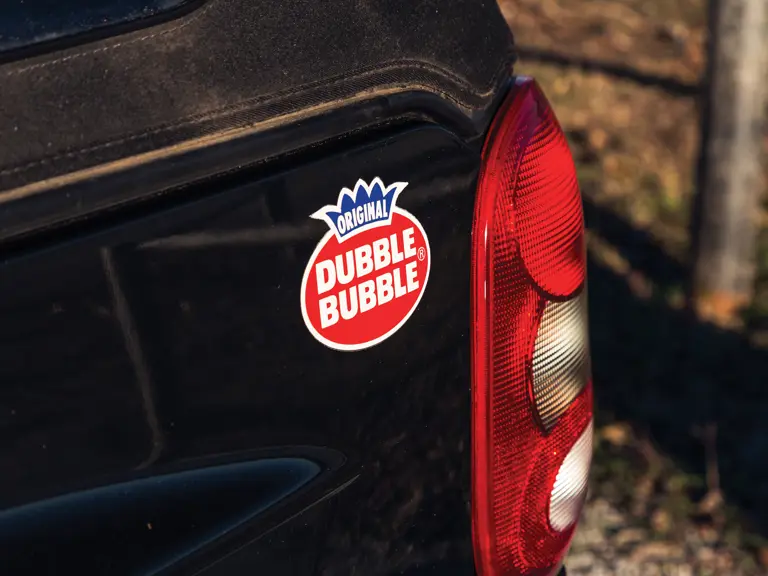
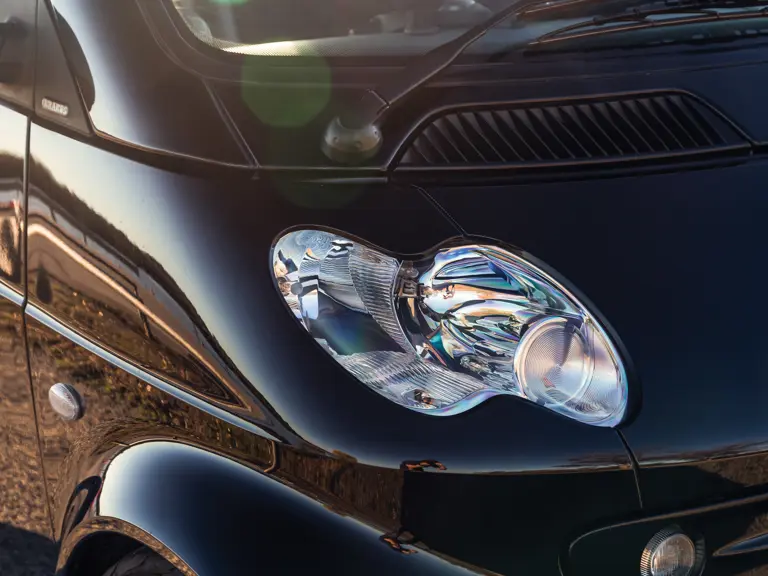
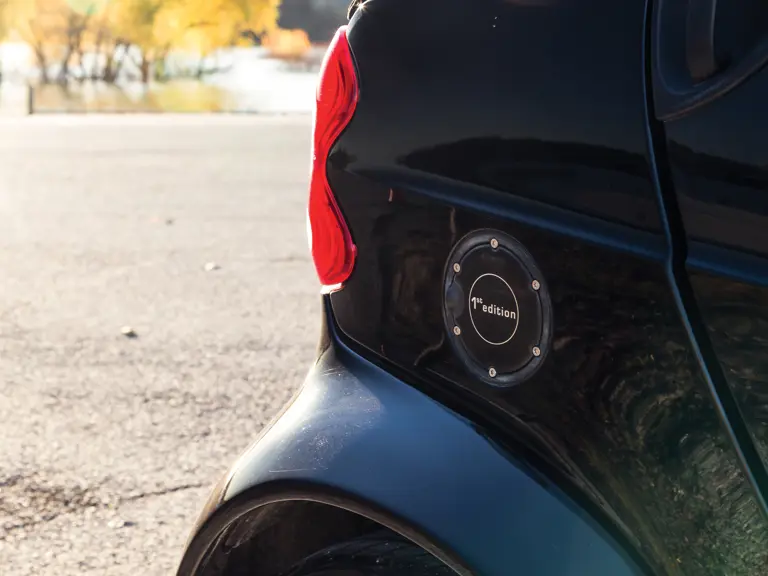

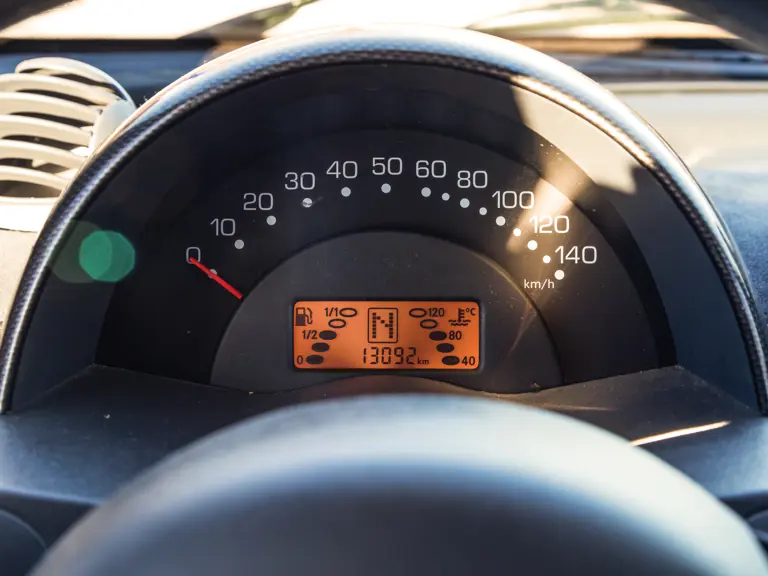
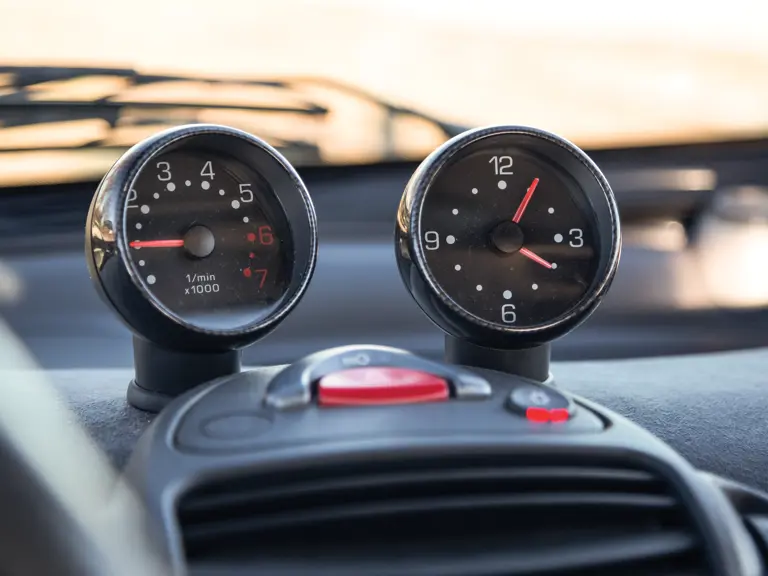
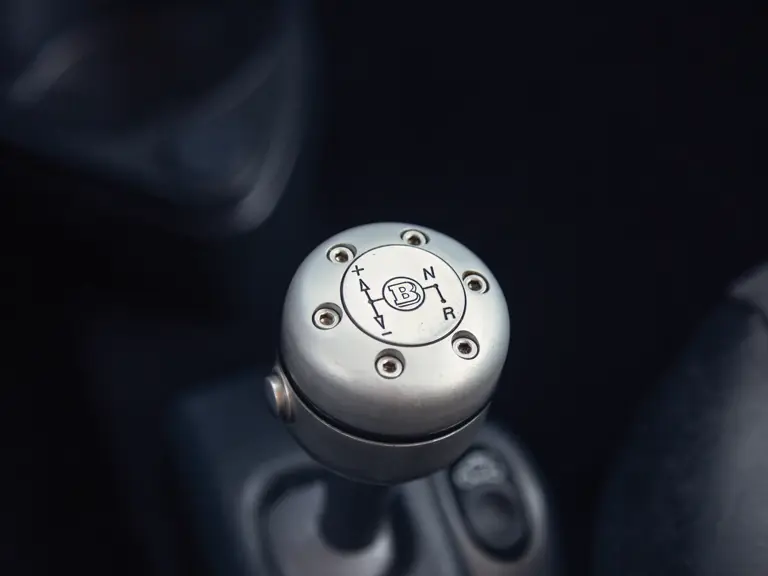

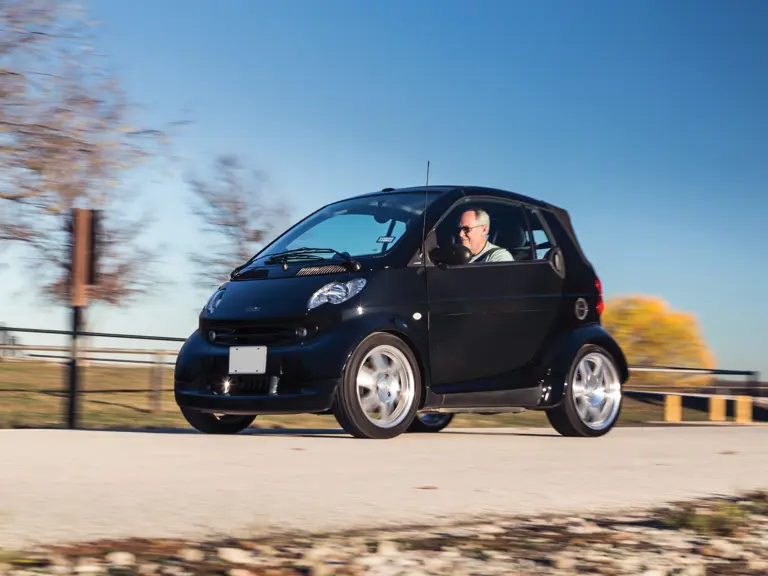

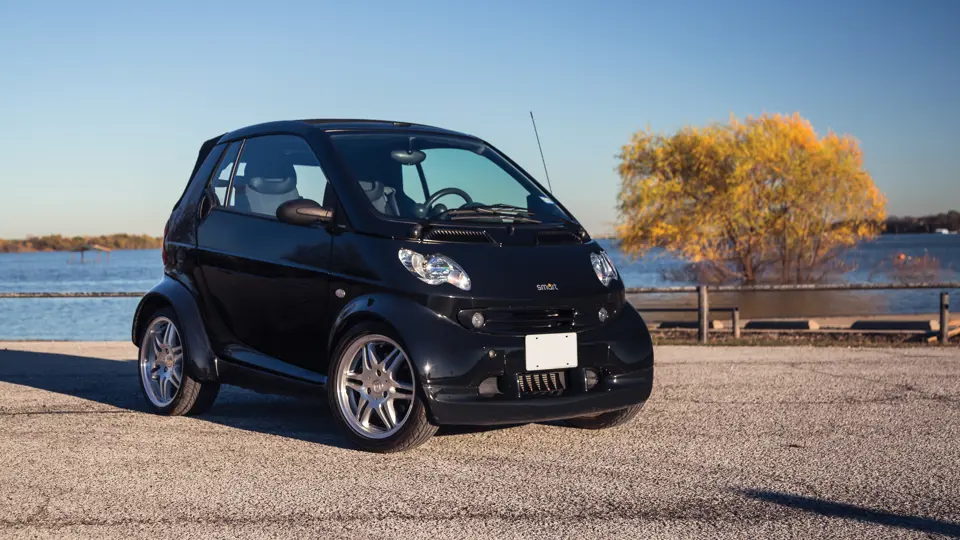
 | Phoenix, Arizona
| Phoenix, Arizona

